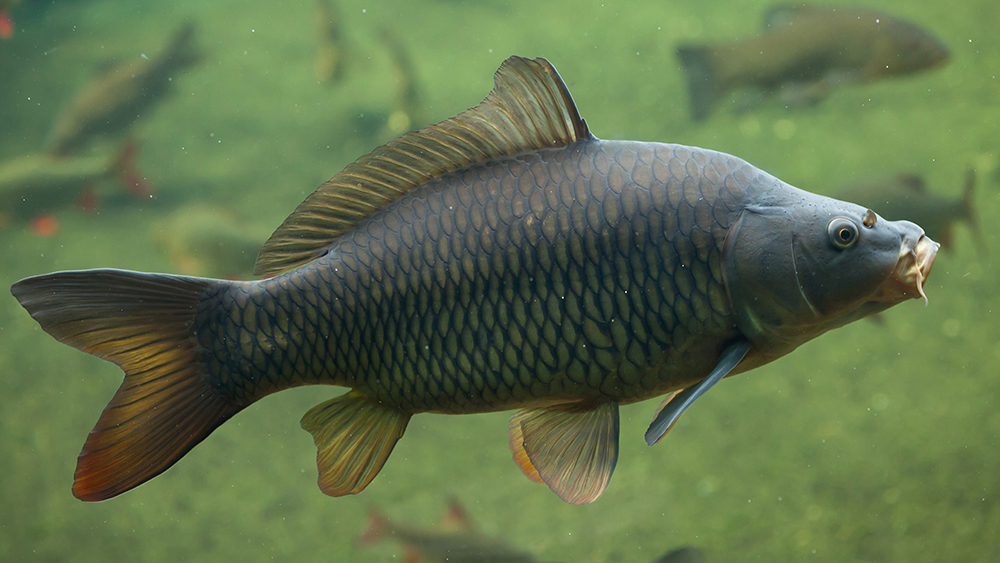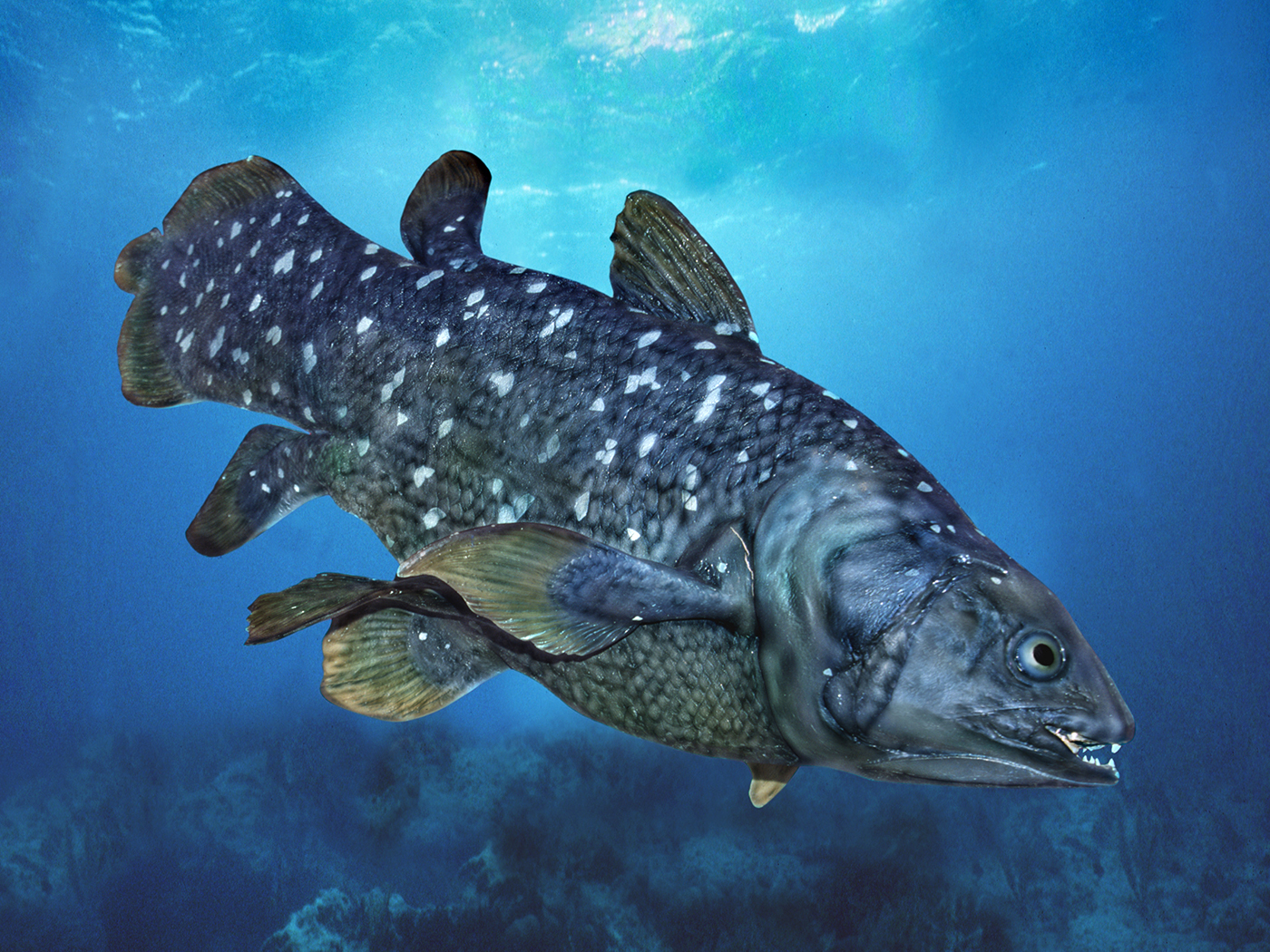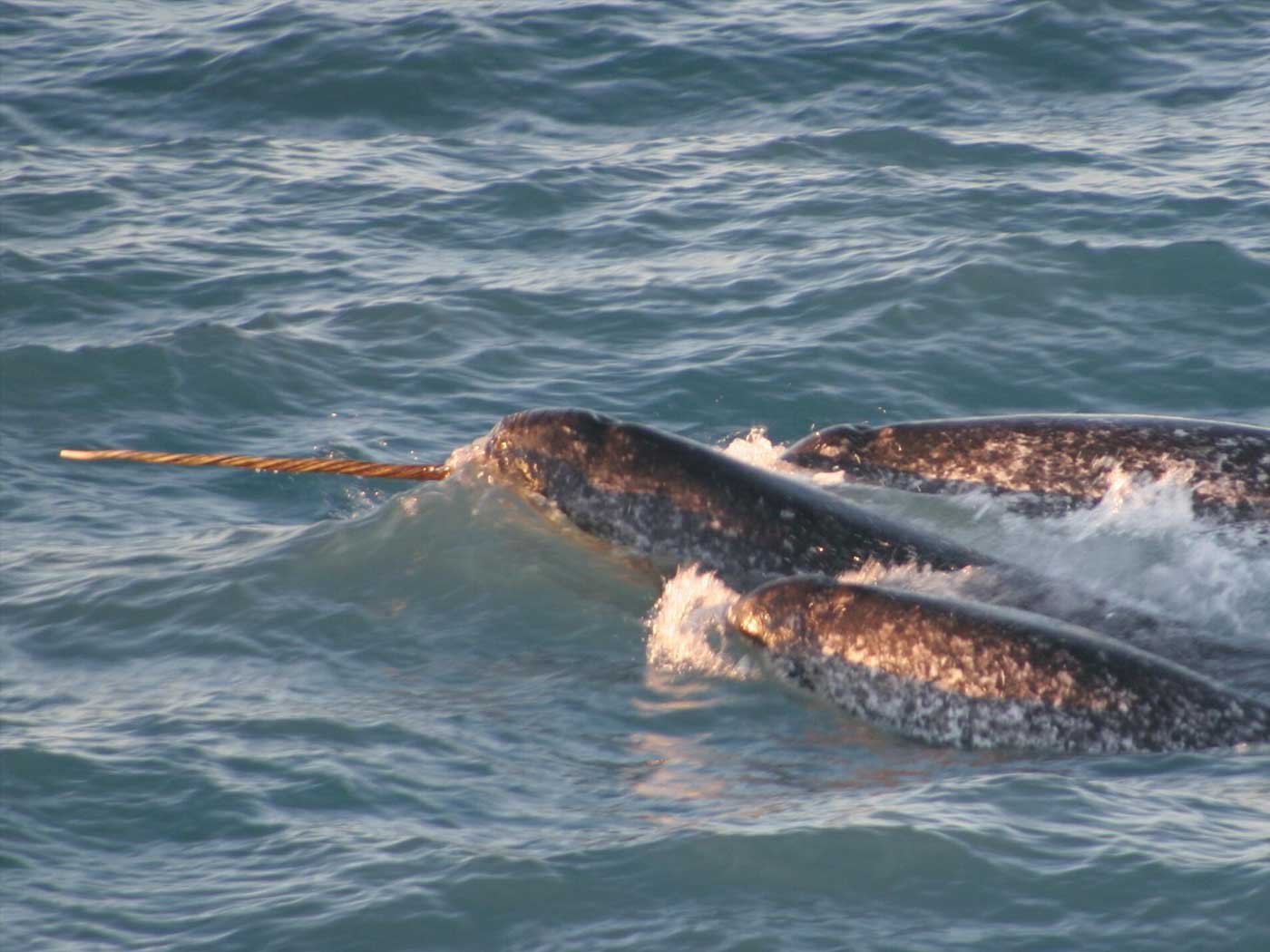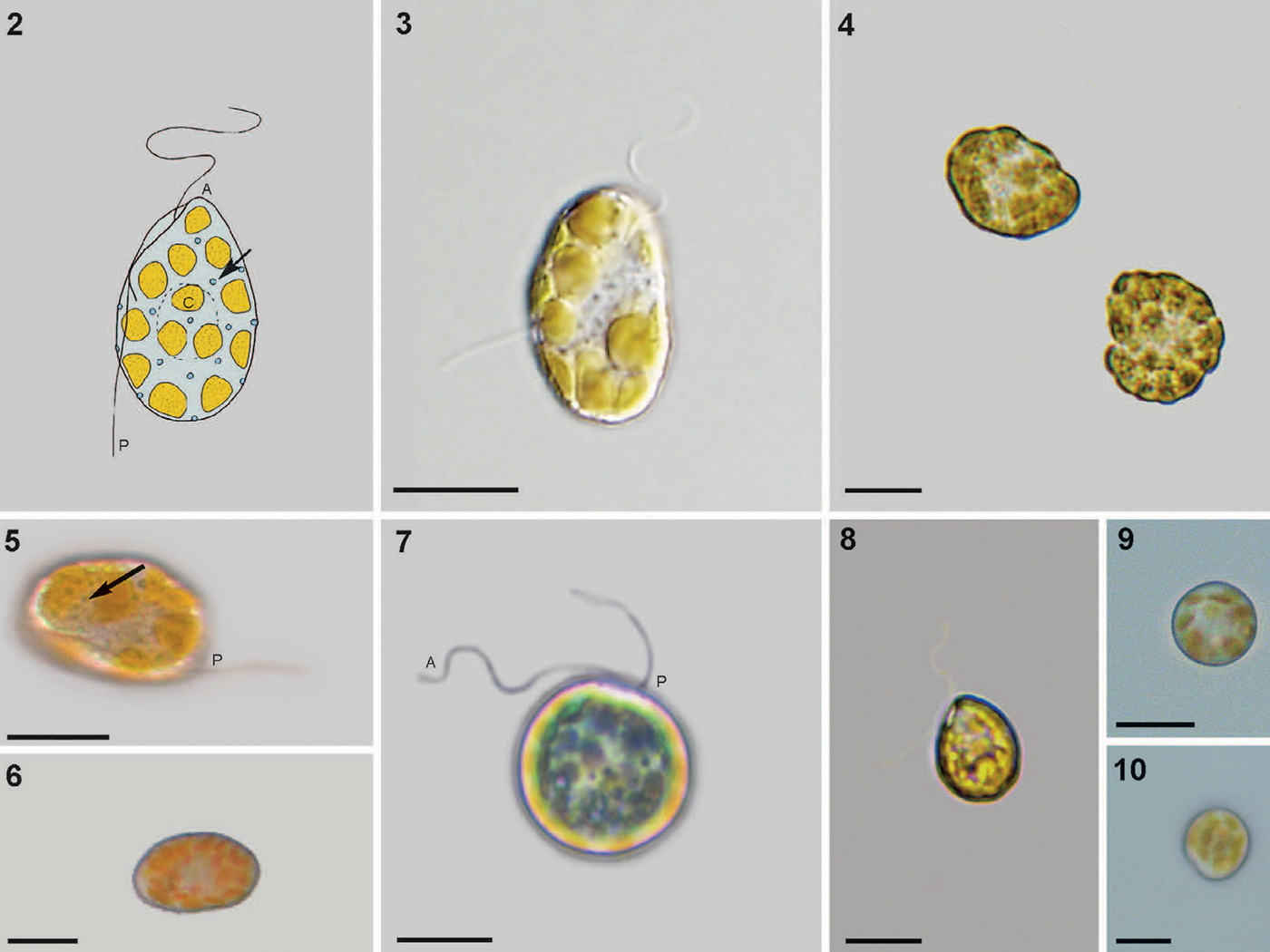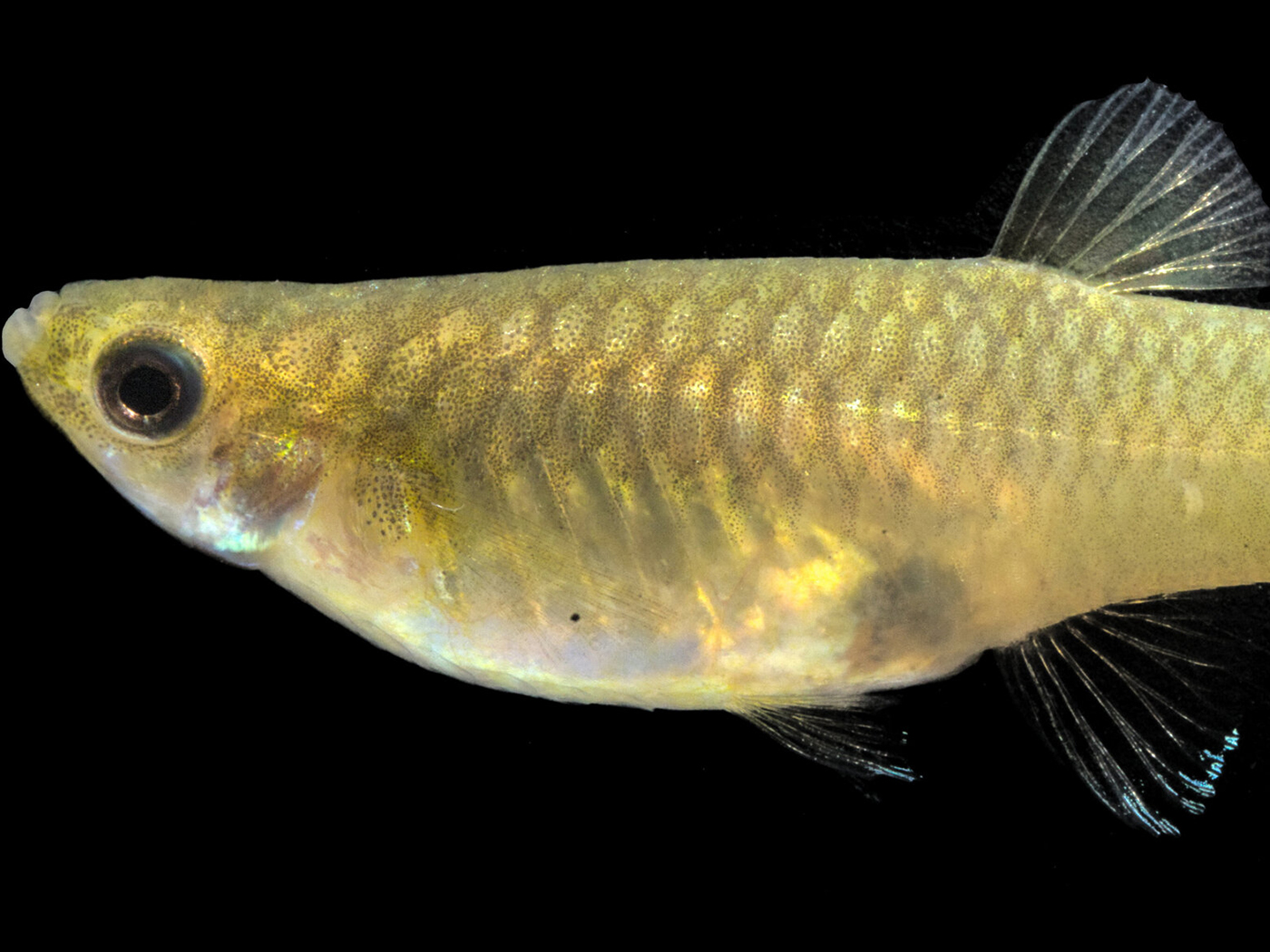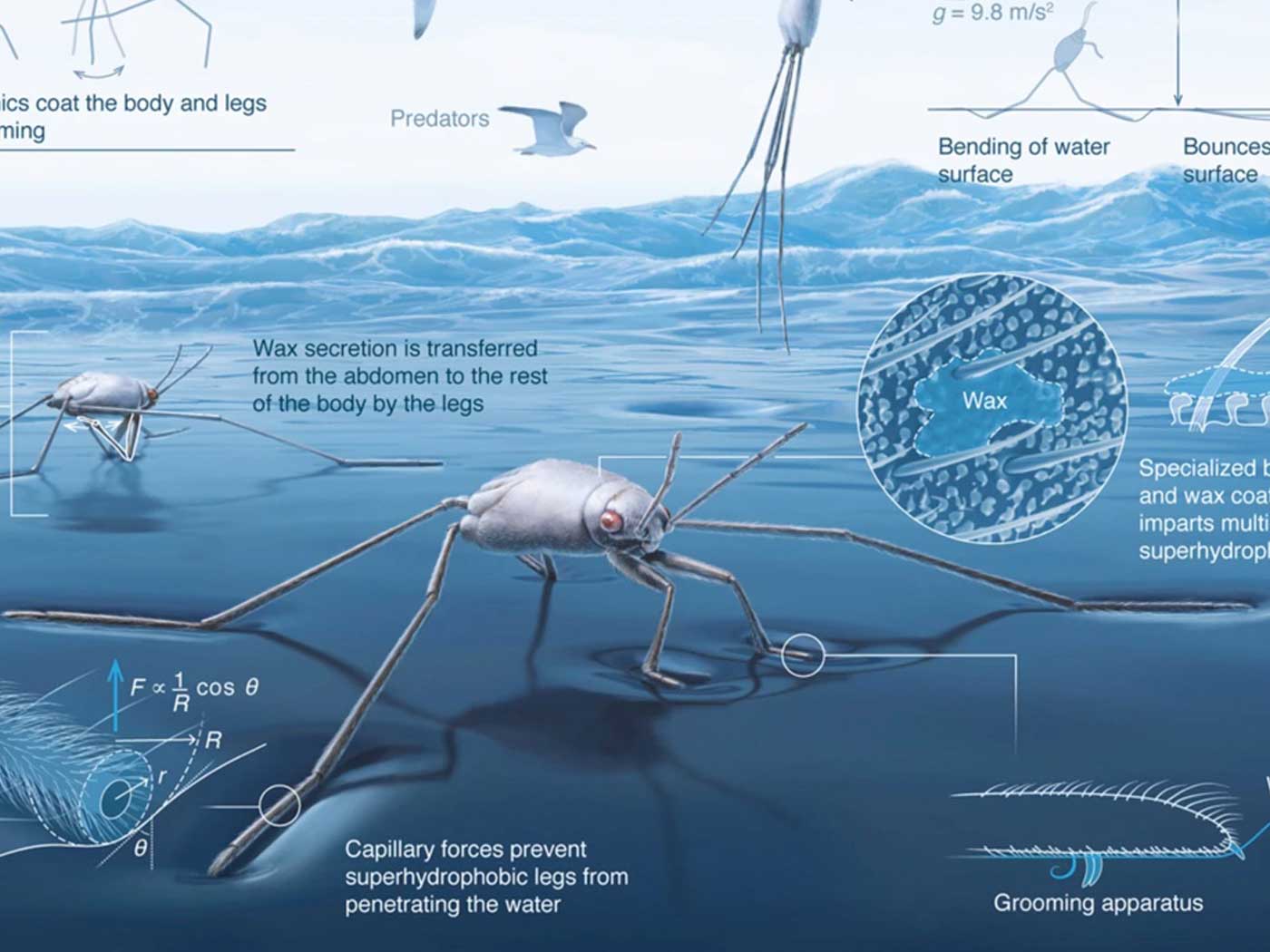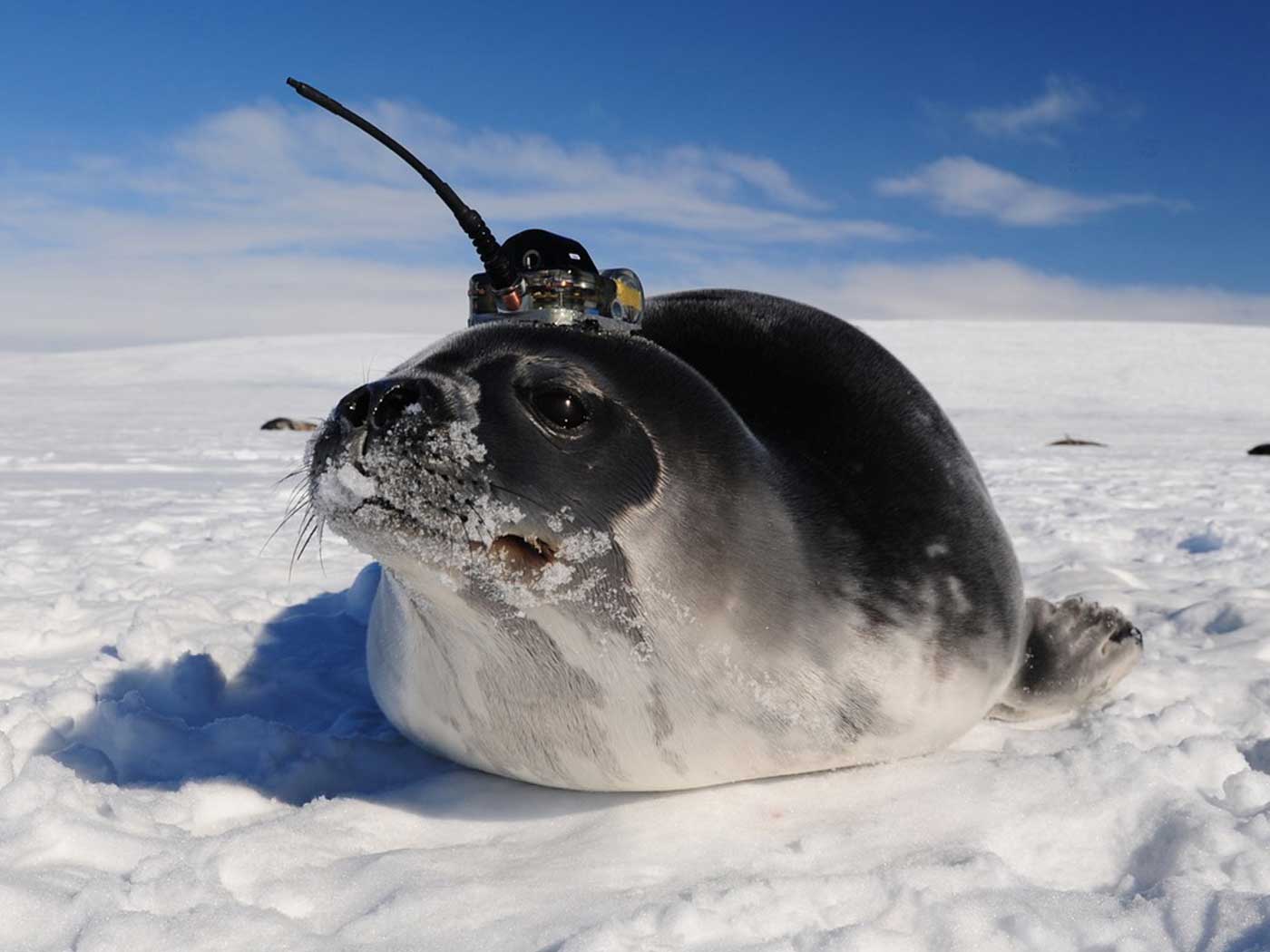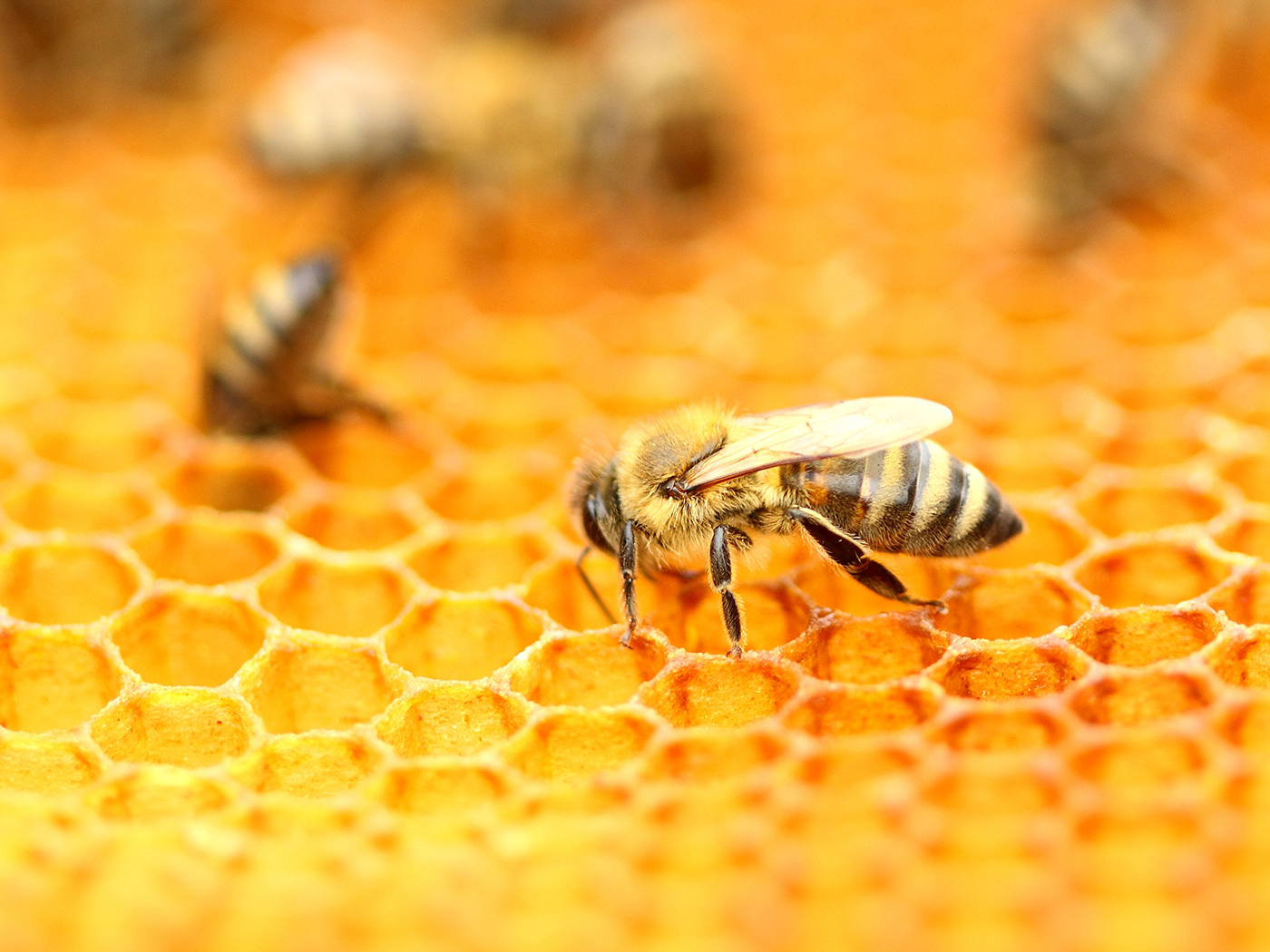The carp scales research is published in the journal Matter,1 and has been briefed in Science Daily.2
Humans have drawn technological inspiration from fish scales going back to ancient times: Romans, Egyptians, and other civilizations would dress their warriors in scale armor, providing both protection and mobility. Now, using advanced X-ray imaging techniques, scientists have characterized carp scales down to the nanoscale, enabling them to understand how the material is resistant to penetration while retaining flexibility.2
The research report, led by Dr. Haocheng Quan, describes how complex and purposeful the scales are—for covering the fish from the outside environment, providing defensive strength from predator attacks, and balancing defensive features with maximizing flexibility of movement.
Another co-author of the carp scales study, Dr. Robert Ritchie, described how the fish-scales interact with predator contacts to minimize injury to carp.
Fish scales have a hard outer shell with a softer inner layer that is tough and ductile. When something like a predator's teeth try to sink into the scales, the outer shell resists the penetration but the inner has to absorb all the excess load to keep the scale in one piece. How does it do this? It turns out that the fibers in the scale, which is made up of collagen plus minerals, are in a twisted orientation, called a Bouligand structure. When stress is applied to the material, the fibers rotate in sequence in order to absorb the excess load. "It's called adaptive reorientation. It's like a smart material," said Ritchie, who is also a professor of materials science and engineering at UC Berkeley. "Using a technique called small angle X-ray scattering, we can follow that in real time using the synchrotron. We irradiate it with X-rays, and we can actually see the fibers rotating and moving."2
That is high-tech “smart” armor! No wonder that for many centuries these fish scales have been admired—and even mimicked—by warriors who need to wear body armor that is simultaneously protective and flexible.
How interesting that fish, not known for their intellect (although fish are constantly tracking and processing detailed environmental information relevant to their own activities3), “wear” a kind of armor that is so efficient and helpful that human warriors have often tried to mimic its features for their own body armor.
The researchers used powerful X-ray beams at Berkeley Lab's Advanced Light Source (ALS) to watch how the fibers in carp scales react as stress is applied. As they wrote in their paper, published recently in the journal Matter, what they found "may well provide further inspiration for the design of advanced synthetic structural materials with unprecedented toughness and penetration resistance."2
As the researchers expect “further inspiration”—to use their words—they are admitting that the fish scales are more advanced than modern science’s materials technology. This acknowledgement that it would be wise to copy how “nature” solves technical problem has become a formal science itself: biomimicry.4
In fact, as ICR biologist Frank Sherwin notes, even fish scales have been studied for insights to be used in material technology.
Examples [of biomimicry] from the living world are numerous, evidenced by how often these scientists refer to design. For example, the large Arapaima fish of Brazil has “intricately designed scales,” perhaps giving “bio-inspiration” for engineers as they seek to develop flexible ceramics.4
Of course, the Berkeley Lab evolutionists vaguely credit nature for the carp’s amazing scales, rather than publicly acknowledge God Himself for making fish.
"The structure of biological materials is absolutely fascinating," said [research co-author] author Robert Ritchie, of Berkeley Lab's Materials Sciences Division, who headed this work with Marc Meyers, a professor of nanoengineering and mechanical engineering at UC San Diego. "We like to mimic these properties in engineering materials, but the first step is to see how nature does it."2
The superiority of carp scales as armor testifies to God’s providential outfitting of the fish, because neither the carp nor any other fish invented themselves. Indeed, the way that fish move in water is magnificent beyond documentation.5
So God gets glory for fish He made. Meanwhile, there is no evidence that fish owe any credit, for their astonishingly efficient scales, unto anyone other than the Lord Jesus Christ.6
References
1. Quan, H., W. Yang, M. Lapeyriere, et al. 2020. Structure and Mechanical Adaptability of a Modern Elasmoid Fish Scale from the Common Carp. Matter. 3: 1-22.
2. Staff writer, Lawrence Berkeley National Laboratory. 2020. Off the Scales: Fish Armor Both Tough and Flexible. ScienceDaily. Posted on sciencedaily.com June 18, 2020, accessed June 19, 2020.
3. All fish need accurate information, specifically installed by their Creator, as well as robust capacities to act on acquired information. “Fish need to know what is happening around them and how to relate to it. Like us, fish need accurate data about the world around them—constantly provided by light sensors, chemoreceptors, temperature detectors, etc.—so they can react to threats and opportunities.1,2,3 Fish constantly interact with living and nonliving entities: aquatic animals and plants, microbes and toxins, predators, parasites, and poisons. These encounters involve sensor and immune systems that blend as an integrated interface-management system for symbiotic activities that include preprogrammed responses that can be offensive, defensive, or mutualistic.” Johnson, J. J. S. 2016. Even Fish Need to Know! Acts & Facts. 45(1). See also Psalm 104:25 and Job 12:8-9.
4. Who would’ve thought that inspiring bioengineering genius was packed into humble fish scales? See Sherwin, F. 2012. Technological Innovations from the Creator. Acts & Facts. 41(4): 15.
5. Fish mobility has been admired for ages. See Johnson, J. J. S. 2014. Fishy Science. Acts & Facts. 43(2): 17.
6. Ever since the Lord made the original fish kinds on Day 5 of Creation Week, fish have always been fish. See Thomas, B. 2008. National Geographic’s Flatfish Story Falls Flat. Creation Science Update. Posted on ICR.org July 15, 2008, accessed June 19, 2020.
7. Quan, H., W. Yang, E. Schaible. Novel Defense Mechanisms in the Armor of the Scales of the ‘Living Fossil’ Coelacanth Fish. Advanced Functional Materials. 28 (46).
*Dr. Johnson is Associate Professor of Apologetics and Chief Academic Officer at the Institute for Creation Research.




